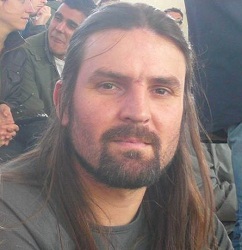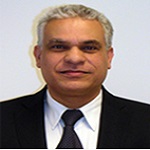Biography:
Jérôme LAUNAY, 42 years old, received the Engineering degree in electronics and microelectronics from the French "Institut National des Sciences Appliquées de Toulouse" (INSAT, France) in 1998 and his Master degree in microelectronic from the INSAT in 1998. He joined the French "Laboratoired'Analyse et d'Architecture des Systèmes" (LAAS) from the French "Centre National de la RechercheScientifique" (CNRS) in 1998 and received the PhD degree from the INSAT in 2001.Since 2006, as a lecturer at LAAS, he has been working on the integration of materials for microtechnological applications as well as on the study of physical, chemical and biological microsensors. His expertise field involves the technological integration and the study of bio-electro-chemical detection/transduction principles for the aqueous phase analysis at the microscale, aiming to health, environment and agri-business applications. His research interests concern the realisation of bio-electro-chemical microsensors, the integration of pH-metry techniques, the detection of bio-electro-chemical species in real media, the monitoring of cells cultures and/or single cell analysis.
Abstract:Lab-on-disc for in situ monitoring of surface water quality by algae biosensors and physicochemical sensors.
To overcome the issue raised by the lack of available tools for monitoring water quality, from the source to the consumers, the BELUGA project aims to develop an easy-to-use dummy-proofed portable system allowing for a rapid in situ diagnosis of surface water pollution. This low-cost demonstrator will benefit from the microfluidic technology in a "Lab-On-a-Disk" (LOD) format and will perform multi-parameter analyses of complex matrices of pollutants. The LOD will consist of several disks, each integrating one or more functions for the control of fluids, the detection of pollutants using microalgae-based biosensors as well as physico-chemical sensors (e.g. dissolved O2, fluorescence, pH, temperature, nitrates, etc…). The proposed multi-sensors detection will improve the reliability of measurements in terms of qualitative response and will allow for obtaining a selective and effective test for surface water pollutants.






















